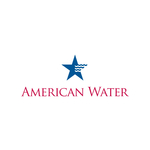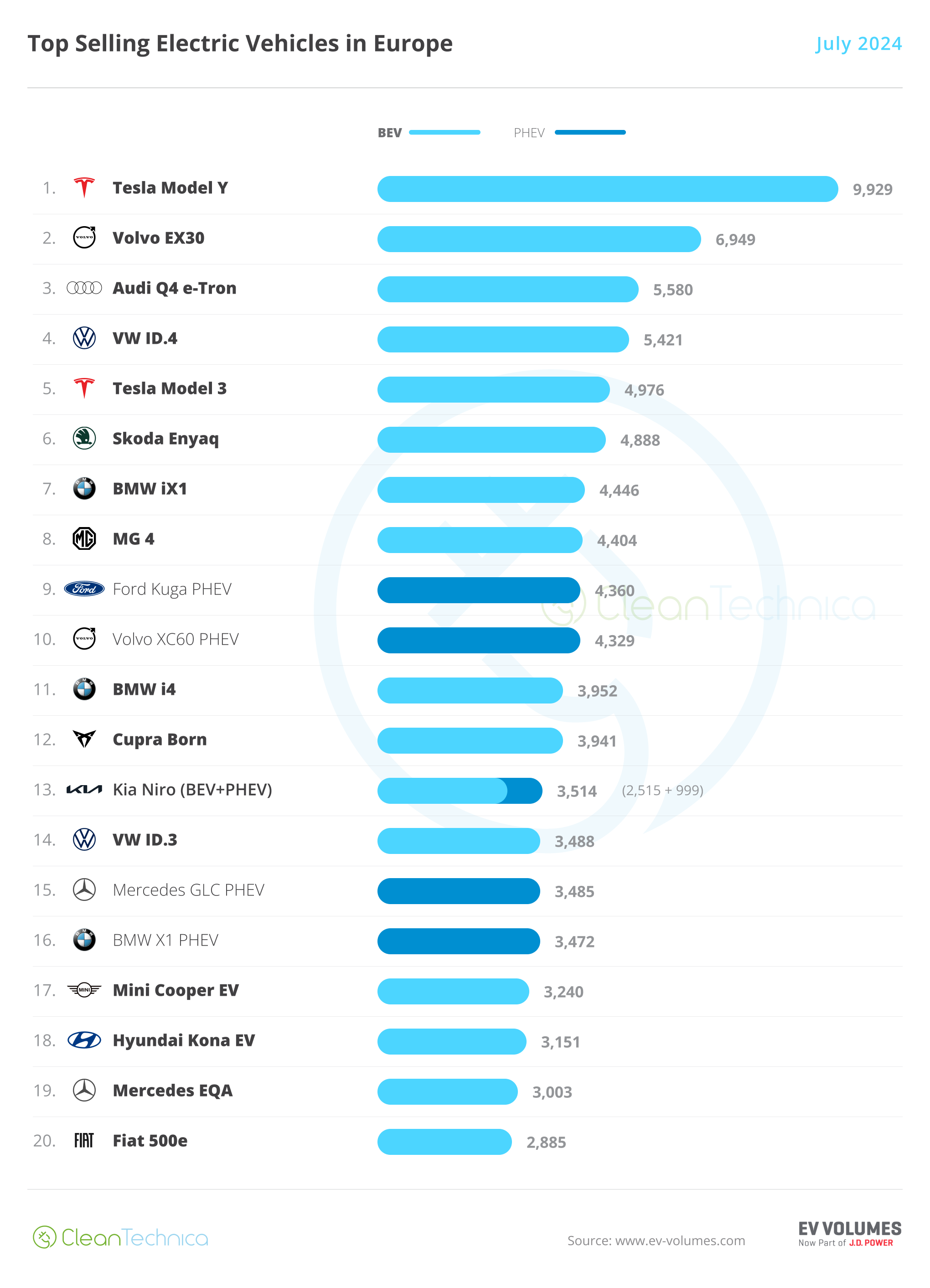Inactive well decommissioning and reclamation activity accelerated in 2022

The Alberta Energy Regulator (AER) introduced a minimum “closure” spending requirement for individual companies in 2022. For the first year, the industry-wide quota was set at $422 million. The final tally, released this week, shows producers spent $685 million, or about 60 per cent more than the regulator required.
The mandatory quotas determine the minimum level of work a company must conduct primarily to decommission and reclaim inactive wells.
First an inactive well (defined as one that has not been used for six months or a year, depending on the well and what it is being used for) is abandoned, and then reclaimed.
A well is successfully abandoned after it is cleaned, plugged with cement, cut to a minimum of one meter below the surface, and covered with a vented cap. After abandonment comes reclamation, where the land around the well is returned to the equivalent of its original state.
Industry abandoned 10,334 inactive wells, pipelines and facilities in 2022 (including 9,687 wells) – nearly double the amount abandoned in 2019 and 2020, the AER reports.
Reclamation activity also accelerated, with the AER issuing 461 reclamation certificates, an increase of one third compared to 2021.
The regulator reports that 17.1 per cent of licensed wells in Alberta are now considered inactive, down from 20.7 per cent in 2019. And 29.5 per cent of licensed wells are reclaimed, up from 27.1 per cent in 2019.
The new mandatory closure spending is part of Alberta’s Inventory Reduction Program, which was introduced in 2020 to decrease the number of inactive oil and gas wells, facilities and pipelines in the province. It applies to closure of operations other than oil sands mining, which is handled under the Mine Financial Security Program.
A central component of the reduction program is an approach called Area Based Closure.
Essentially that’s when companies group together wells that need to be cleaned up based on where they are located so that work activities can focus on one area. This allows for more efficient use of resources like workers and equipment and is supported by an online mapping tool to help producers and service providers work together.
The AER estimates that area-based closure can provide cost savings of up to 40 per cent.
The minimum closure spending requirement for 2023 is set at $700 million and will be $700 million again in 2024.
The unaltered reproduction of this content is free of charge with attribution to Canadian Energy Centre Ltd.
Share This:




